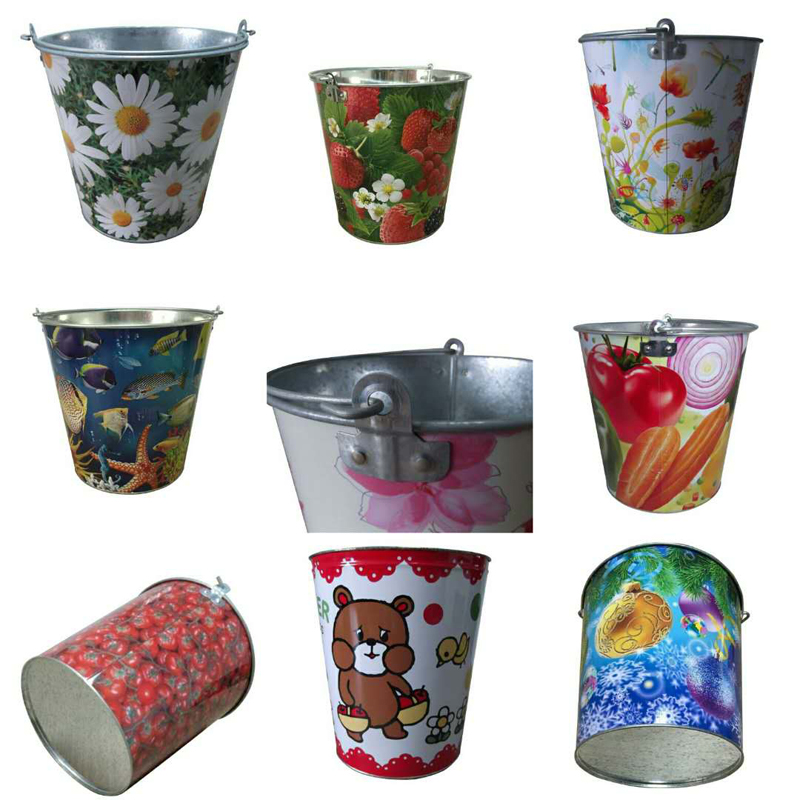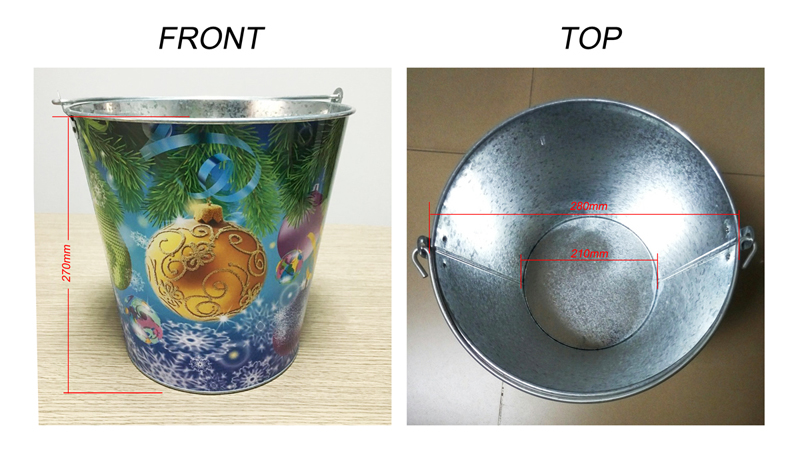Composition: Conventional PS plate plus a thin layer of soluble or waxy melt.
Principle: The ink jet head of the CTP system is used to inject ink on the plate, expose, wash the mask layer, and the subsequent processing is the same as the conventional PS plate.
Features: Due to the use of the regular PS version, no additional equipment is required, making it the most economical CTP plate.
Thermistor-type thermal CTPs have a large selection of thermal-type, thermal-etched, photo-etched, thermal cross-linked, degradable, etc. thermal-sensitive printing plates, both direct-imaging and passable. Indirect imagery
Hot melt type composition: smooth, aluminum plate without roughening, ink-in-oil layer, PVA layer (in the case of conventional offset printing), silicone (when waterless offset printing).
Principle: Using semiconductor laser diodes, melt the graphic part to expose the following oleophilic layer, except the residue on the support plate, you can prepare to print on the machine.
Features: Non-chemical treatment process, from the environmental point of view, especially worth promoting. Second, you can work under the bright room.
Thermal crosslinked type composition: Coarse aluminum plate, single layer PS photosensitive layer.
Principle: After a certain temperature is reached by the heat of infrared rays instead of the spectrum, some of the polymers in the photosensitive layer undergo thermal crosslinking reaction to form a latent image; and then, the polymer compounds in the graphic part are further cross-linked by heating. The purpose is to make the graphic part not dissolved in the alkaline developer. It is worth mentioning that a part of the reaction occurred in the blank part during preheating, so the image of the blank part was removed during development. If the temperature is too high, a hot mist will form on the plate; if the temperature is too low, the graphic part will be weakened or weakened.
Features: There is almost no relationship between exposure time and exposure energy. In other words, below the energy adjustment threshold, the external conditions will not affect the quality of the plate; beyond the energy threshold, the dot size and clarity will not be affected. Therefore, there is no such thing as underexposure and overexposure; the nature of the graphic part is very stable, and the plate is still usable even after six months of exposure; in addition, the thermal crosslinked plate has a low sensitivity to natural light. Therefore, it is possible to work under the bright room, and the processing only requires conventional plate-making equipment.
The thermal plate can be operated in daylight without the use of a safety light, and there are no problems with underexposure or exposure speed. However, the plate material is generally wet-processed.
Thermal plates are the direction of development and use, and the silver salt format is only in a transitional period. The heat sensitive CTP plate is one of the most potential plates in the future. It has high energy efficiency, saves precious metals, and meets environmental requirements.
Plate cost analysis:
The CTP plate making form is superior to other plate making forms, but relatively speaking, the cost of the plate material is too high. In February 1997, a 1030*770mm plate was sold in the United States at a price of $10, but shipments to the country would require a 25% increase in customs clearance, 7% value-added tax and shipping. So when it comes to Chinese users, it is already ¥120/Zhang. This is equivalent to 4 times the PS version (30 yuan for a PS version and 35 yuan for a split film). But in the United States, the price of the two plates is about 1:1.2. So, after using CTP, the cost will drop accordingly.
The solution to this problem is to look forward to the reduction of the overseas price, or to use the domestic scientific and technological forces to jointly develop and produce self-produced plates. The current domestic scientific research forces have this ability, and there is a certain basis for the research on silver salt photosensitive materials. Therefore, this may reduce the plate price by half. This will promote the popularization and development of CTP technology in China.
12L Ice Bucket is larger then that of the 5L Ice Bucket. It has large capacity and can bear more heavy objects. The appearance of the barrel is very fashionable and can be used in home kitchen and in garden.
Description of the 12L ice bucket:
Name:12L ice bucket
Spec:Φ280/Φ210×270mm
Material: galvanized iron
Fields of applications: bar, party, hotel, home, outdoor activity,garden


1.Are you factory ?
Yes. A professional ice bucket and Tin Tray manufacture.
2.Are your products the lowest prices ?
EXW, the same quality, we are much cheaper than other suppliers.
3.Can we customized product ?
Yes, Tailor-made tooling for your own design is welcome.
4.What is the transportation ?
If small quantity, we suggest that sent by Courier, If large amount, by shipping.
5.If goods are damaged in transit, how to do ?
Products are inspected strictly before shipping, if damage, they can be replaced .
12L Ice Bucket
12L Ice Bucket,Acrylic Ice Bucket,Rechargeable Wine Ice Bucket,Wooden Crate Ice Bucket
True & Bright Metal Packaging Co.,Ltd.KaiPing , http://www.tnbcan.com